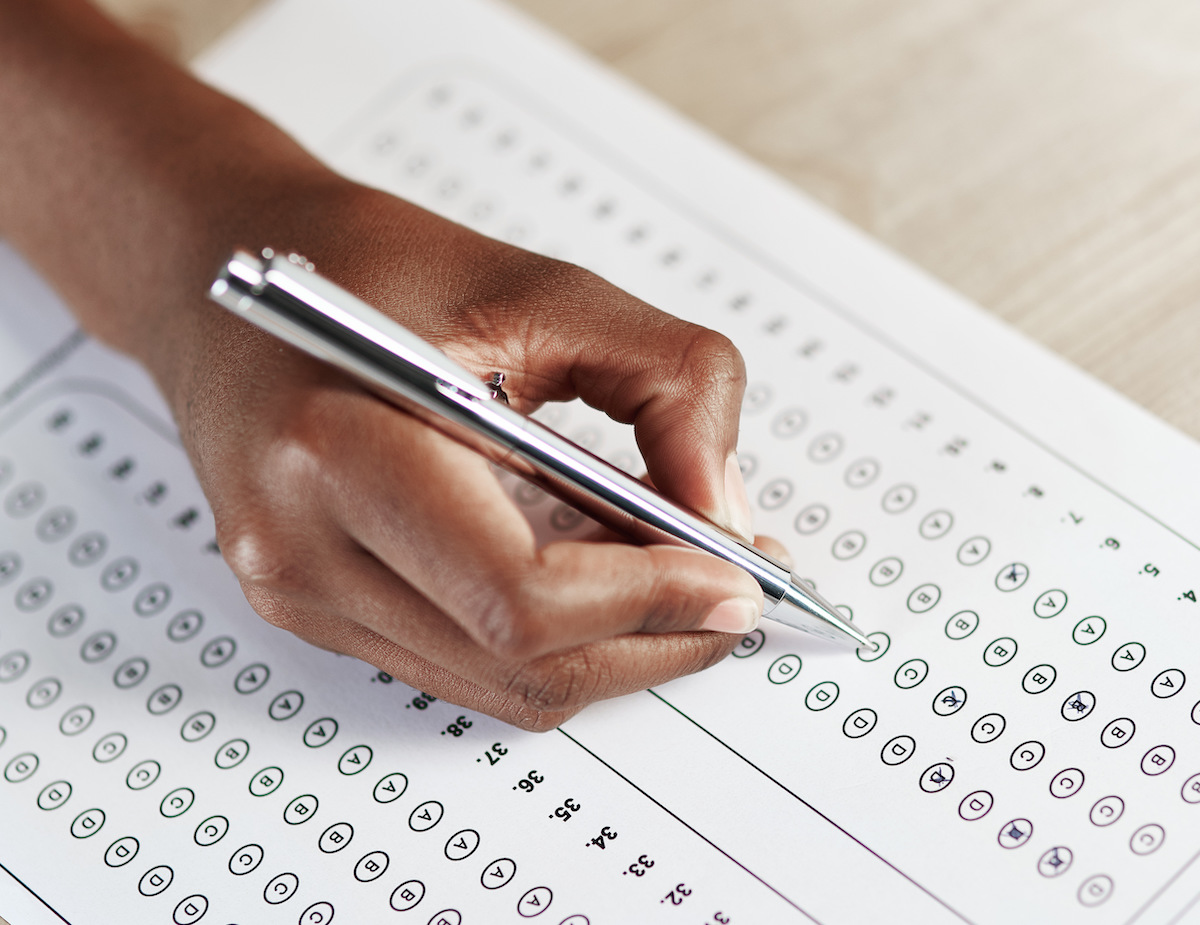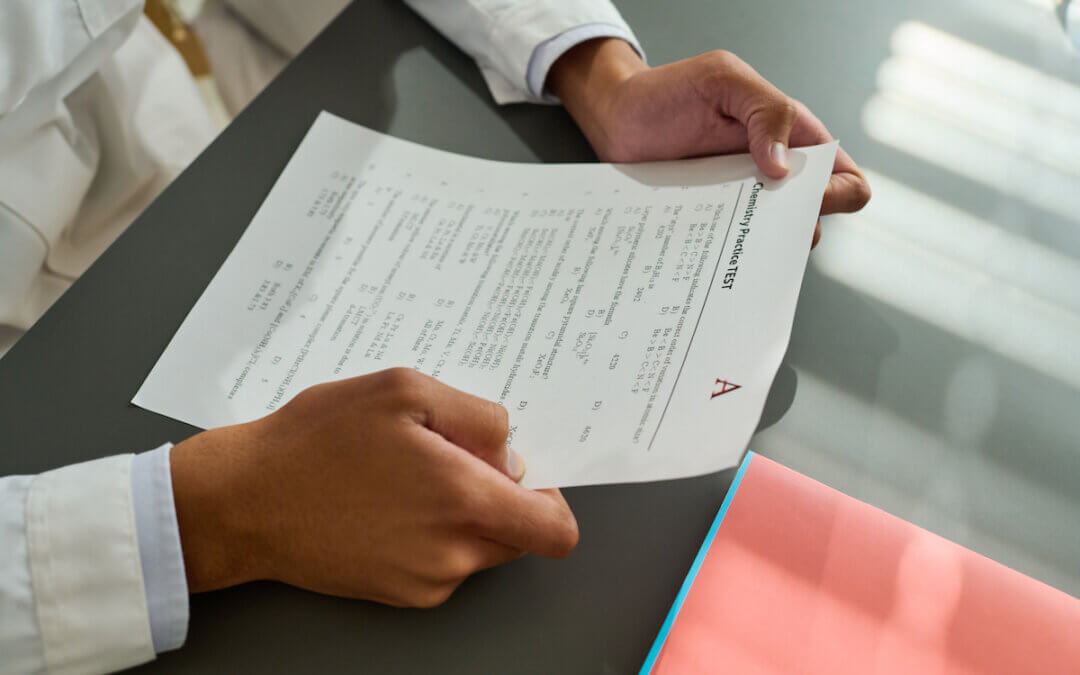In the wake of the Covid-19 pandemic, Ivy League universities swiftly embraced test-optional policies, signaling a momentous departure from the long-standing reliance on standardized testing in admissions decisions. The move was a nod to the challenges students faced with test cancellations and disruptions, as well as a recognition that the tests have been identified as a source of socioeconomic and racial inequality in college admissions.
Since the pandemic, MIT is the only Ivy League+ school to reinstate its testing requirement. However, while other top schools have maintained their test optional policies, they have not (with the sole exception of Columbia) extended indefinitely, and many have publicly acknowledged that they are continuing to review the impact of test-optional policies on admissions. For instance, Princeton University states that the institution “continues to assess the effects the pandemic has had on teaching and learning in secondary schools in the United States and around the world” and “the role standardized testing should play in our admission process.” Ivy League institutions have instated the following extensions:
Brown | Extended through the Class of 2028
Columbia | Extended indefinitely
Cornell | Extended through the Class of 2028
Dartmouth | Extended through the Class of 2028
Harvard | Extended through the Class of 2030
Penn | Extended through the Class of 2028
Princeton | Extended through the Class of 2030
Yale | Extended through the Class of 2028 (long-term policy announcement expected this winter)
Given that many of the extensions will come to an end in the 2023-24 cycle unless renewed, it is critical that students devote significant time and effort into excelling on standardized tests—particularly as many pandemic-era conclusions about the test’s efficacy are being called into question. Last week, The New York Times published a far-ranging evaluation of the SAT, challenging popular notions that the test promotes inequality and that it is not a good metric for success in college. The article notes that standardized test scores tend to be a better metric for predicting success in college than grade point average, quoting M.I.T. Dean of Admission Stuart Schmill, who states: “Just getting straight A’s is not enough information for us to know whether the students are going to succeed or not.”
The tenor of the article suggests that tides are turning with regard to the value of standardized testing in college admissions, as the end of test-optional extensions is on the horizon. Anecdotal evidence has long suggested that even where test-optional policies are in place, submitting a strong test score tends to improve students’ chances of admission; however, with the looming reinstatement of testing requirements, students should start preparing and practicing early in order to achieve their goal score and stand out to top schools.
For students in their sophomore or junior year of high school, here are three critical steps to take in order to maximize chances of success on standardized tests:
1. Choose the test that aligns with their needs and skills.
Though similar, the SAT and ACT are slightly different in format and content, and one of the first steps to success is choosing the test that will best showcase students’ skills. The SAT includes sections on reading, writing, and math and has a duration of two hours and fourteen minutes. The ACT, meanwhile, lasts three hours and is made up of math, science, English, and reading sections. While the ACT covers Pre-Calculus, the SAT does not cover much of it—so students who have not taken these classes or feel less confident with higher-level math should consider taking the SAT. Students who are confident in reading comprehension should also consider taking the SAT over the ACT. Additionally, the science section of the ACT includes a number of graphs and tables, so students who feel more comfortable with data analysis will likely perform better on this section.
2. Practice (tests) make perfect.
One of the most beneficial things students can do to excel on the ACT or SAT is to get ample practice by taking practice tests. Students who are just beginning the test prep process during their sophomore year can start working through practice problems, then expand to taking full practice tests when they feel ready. When students do begin taking practice tests, they should do their best to simulate the environment that they will be in for the official test—rather than sitting on the couch, they should set up at the kitchen table or in the library, ensuring that they are in a quiet environment that is conducive to focusing. For both tests, it is important for students to categorize the questions they missed the most—these can be based on the test’s official categorization or a students’ own assessment of what made those questions particularly difficult for them. For example, if a student realizes that they got a lot of punctuation questions wrong, they should see whether there’s a common underlying grammar rule that they should study or memorize to answer those questions correctly the next time. The benefit of categorizing (and knowing what you get wrong) is that questions in the same category tend to operate the same way.
3. Read carefully and pay attention to detail.
Many students lose points not because they are genuinely mistaken about the answer, but because they haven’t read the question carefully enough. For math problems, students should take the extra ten or twenty seconds to make sure that they have clearly defined all terms in the question before attempting to solve it. It’s easy to gloss over words like “integer” or to switch “similar” and “congruent,” and it is important to avoid errors at the front end of solving the problem. When taking the verbal section of the digital SAT, students should read the question before the passage. They should approach the passage with some idea of the key terms or ideas they should be looking for. Not only will this improve accuracy, but it will help mitigate the need to re-read the passage and thereby save them time.
Finally, students and families should keep in mind that even if the SAT and ACT are again required on college applications at top schools, they are by no means the only or most important factor in admissions. While an impressive score demonstrates a student’s preparedness for the rigors of college curriculum and can therefore be the foundation for a successful application, it is ultimately the cohesive narrative that a student tells through their application materials that will earn them admission to Ivy League and other top schools. Thus, while students should strive to earn the highest score they can, falling slightly short of their goals will not necessarily disqualify them from admission.
For more information on selecting the right standardized test and preparing rigorously, check out Command Education’s comprehensive guide to the SAT and ACT!
Originally published on Forbes.











